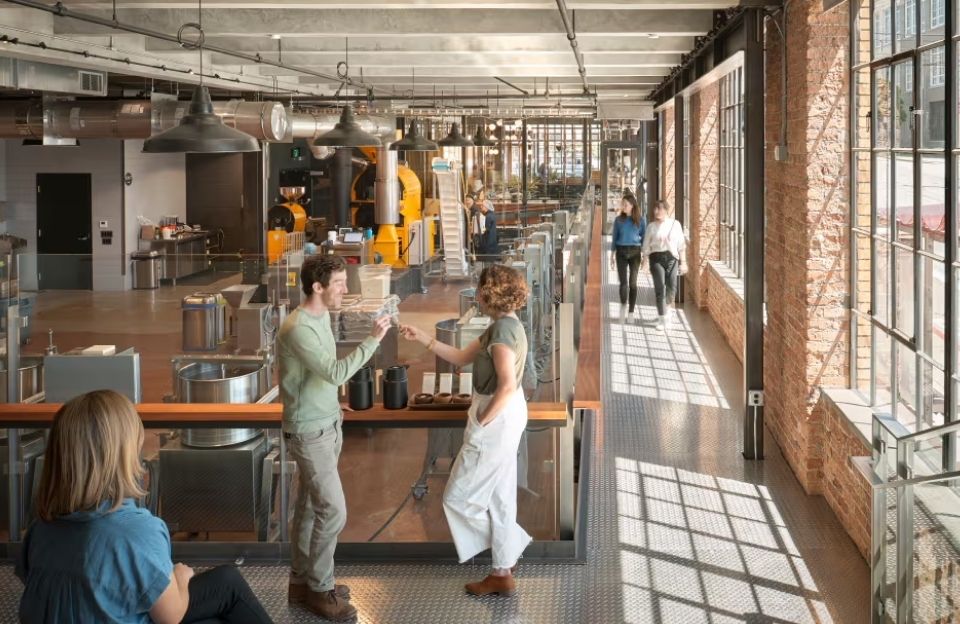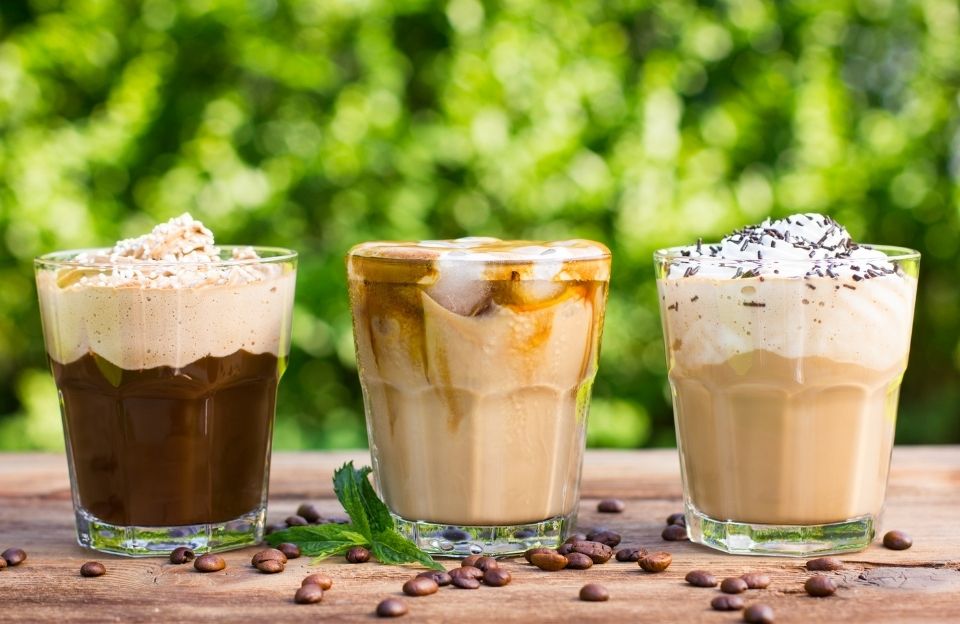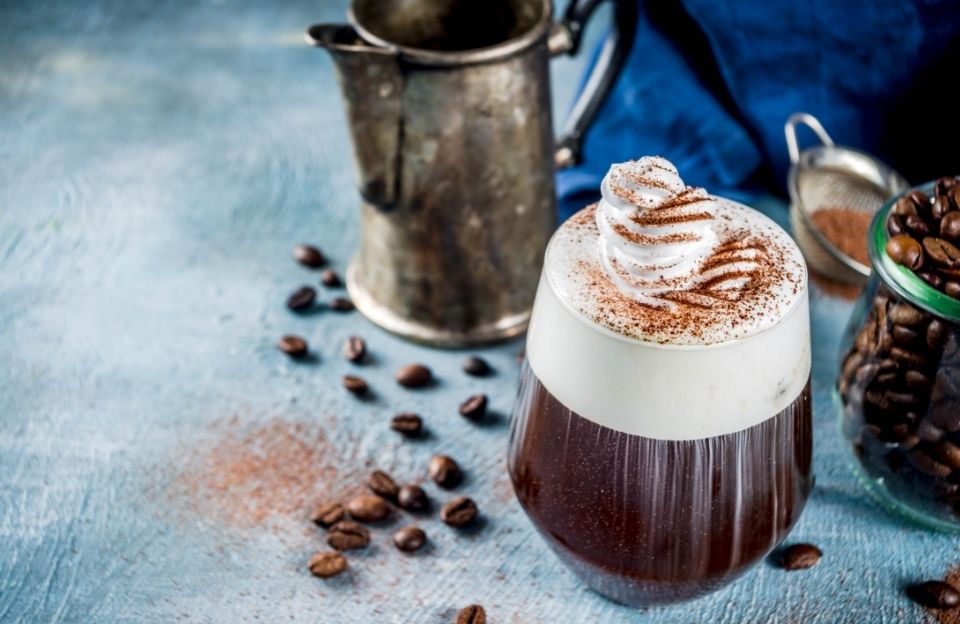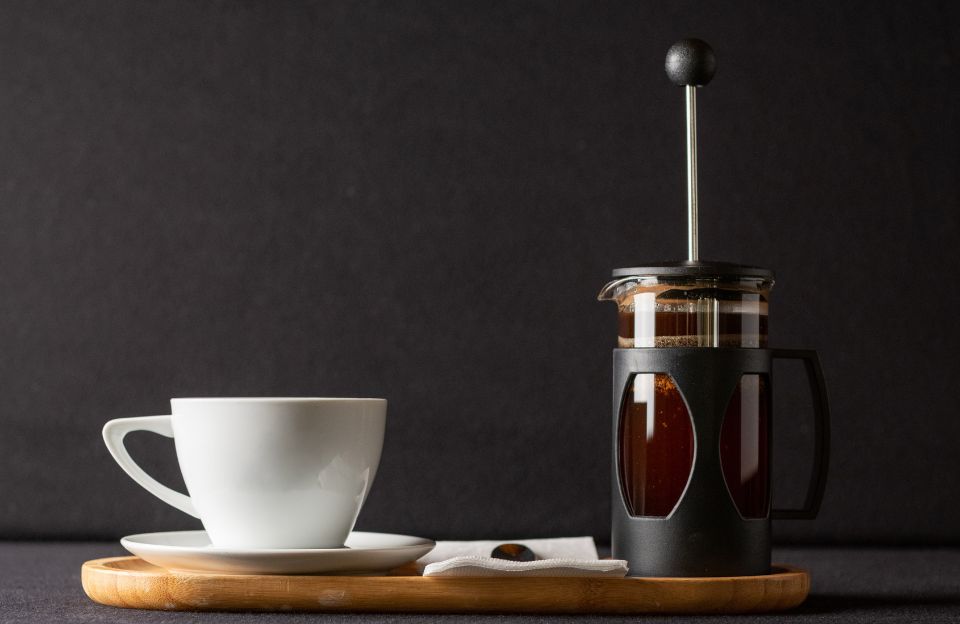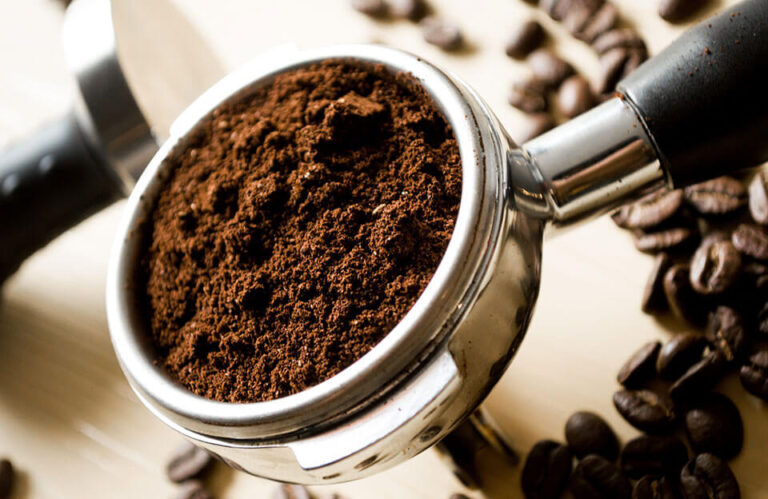The humble coffee press, often known as a French press, is celebrated for its ability to produce rich and robust cups of coffee. However, few enthusiasts realize that with a bit of ingenuity and the right technique, it can also be used to make a strong, espresso-like brew. This guide will explore how you can transform your everyday coffee press into an espresso maker, including the nuances that make this method unique, the benefits it offers, and how to perfect your brewing technique to enjoy a rich and powerful coffee press espresso.
Table of Contents
Coffee Press and Espresso: Understanding the Basics
The coffee press, also known as a French press, and espresso are both popular methods for brewing coffee, but they operate in very different ways and produce distinctly different results.
How a Coffee Press Works
A coffee press consists of a cylindrical glass or stainless steel pot equipped with a plunger that includes a metal or nylon mesh filter. The process involves steeping coarse coffee grounds in hot water for several minutes and then pressing the plunger down to separate the grounds from the liquid coffee. This method allows the oils and fine particles from the coffee grounds to remain in the brew, giving the coffee a rich and robust flavor. The key characteristics of coffee press coffee are its full-bodied texture and deeper flavor profile compared to other brewing methods.
What Makes Espresso
Espresso, on the other hand, is made by forcing hot water through very finely ground coffee under high pressure, typically using an espresso machine. This process extracts a concentrated coffee shot that is rich, bold, and has a layer on top called crema—a creamy, frothy foam. Espresso is much stronger and has a more intense flavor per ounce than coffee made with a coffee press.
Why the Distinction Matters
Understanding these fundamentals is vital when attempting to make coffee press espresso because you’ll need to adjust your coffee press method to mimic the conditions of brewing espresso as closely as possible. For instance, while you can’t replicate the high pressure of an espresso machine with a coffee press, you can grind your coffee finer than usual to increase the extraction rate and approximate the strong, concentrated flavor of an espresso. Similarly, adjusting the brewing time and the coffee-to-water ratio can help achieve a bolder and more intense cup.
The beauty of using a coffee press to make espresso lies in improvising with the tools you have while understanding the principles of what makes a great espresso. This approach opens up a whole new world of coffee experimentation right in your kitchen, allowing you to enjoy a different yet delightful version of espresso without needing specialized equipment.
Brewing Time: A Delicate Balance
Typically, coffee made in a press pot should steep for about four minutes before pressing. However, when aiming for an espresso-like brew using a coffee press, you might want to adjust this time slightly. Since espresso is extracted quickly under high pressure to produce a concentrated shot, you’ll need to adapt by steeping your coffee for a shorter duration than usual in a coffee press to avoid over-extraction.
A good starting point is about three minutes of steeping time. This shorter steeping period helps concentrate the flavors without the bitterness that might come from longer extraction times typical of regular French press coffee.
Step-by-Step Guide to Making Coffee Press Espresso
Making espresso in a coffee press is all about getting the right balance of grind size, water temperature, and brewing time. Here’s how to do it:
1. Gather Your Supplies
First things first, make sure you have everything you need:
- Coffee press
- Fresh coffee beans (preferably a dark roast)
- Coffee grinder
- Hot water (just off the boil)
- Thermometer (optional, but helpful)
- Timer
- Mug
2. Heat Your Water
Start by heating your water. You want it to reach a temperature between 195°F and 205°F (90°C to 96°C). If you don’t have a thermometer, bring the water to a boil and then let it sit for about 30 seconds to a minute to reach the desired range.
3. Grind Your Coffee
While your water is heating, grind your coffee beans. For coffee press espresso, you’ll want a finer grind than typical French press coffee but not as fine as espresso powder. The grind should be somewhere between table salt and sand. This allows for a quick extraction while preventing the coffee from passing through the press filter.
4. Add Coffee to the Press
Place the ground coffee into the bottom of your coffee press. A good rule of thumb is to use about 2 tablespoons of coffee for every 6 ounces (180 ml) of water, but for a stronger espresso-like brew, you might want to use a bit more.
5. Pour in the Water
Slowly pour the hot water over the coffee grounds, ensuring they are fully saturated. This step should be done carefully to allow even soaking of the grounds, which helps with proper extraction.
6. Let It Brew
Place the top of the press on, ensuring the plunger is pulled all the way up. Let the coffee steep for about three minutes. This brewing time is shorter than the typical French press method to mimic the quick extraction time of traditional espresso.
7. Press Down Slowly
After three minutes, slowly press the plunger down. Apply steady pressure to avoid agitating the grounds too much, which can release bitterness.
8. Serve Immediately
Pour your coffee press espresso into a mug immediately after pressing to avoid over-extraction. If you let it sit, it can continue to extract and may become bitter.
9. Enjoy Your Brew
Now, sit back and enjoy your rich, robust coffee press espresso. It’s perfect as is, or you can add a little sugar or a splash of cream to taste.
Making espresso with a coffee press is a fantastic way to get a strong, concentrated coffee without needing specialized equipment. It’s all about the technique and taking care to get each step just right. Enjoy the process and your delicious, homemade espresso-style coffee!
Consistency is Key:
To achieve the best results, consistency is crucial. Always use a thermometer to check your water temperature, and time your brew precisely. Experimenting with slight adjustments can help you hone in on the perfect balance for your taste preference, but always start with these general guidelines to ensure a strong foundation.
By controlling the temperature and time closely, you can create a coffee press espresso that rivals the intensity and depth of flavor found in traditional espresso shots. This approach allows you to enjoy a rich, espresso-like experience even if you don’t own an espresso machine. So grab your coffee press, experiment with these insights, and prepare to sip on some delightfully strong coffee.
That wraps up our guide on making a delightful coffee press espresso right at home! If you’re eager to try this method but need the right tools, remember that you can find everything from coffee presses to grinders on Amazon. They have a wide selection that caters to all coffee lovers, whether you’re just starting out or looking to upgrade your coffee-making arsenal.
It’s definitely worth experimenting with different brewing methods to truly appreciate the nuances of great coffee. Each method brings out unique flavors and qualities in your coffee, transforming your daily caffeine routine into a rich, enjoyable experience. So, why not give it a shot? Dive into the world of coffee brewing, experiment with new techniques, and discover your perfect cup of coffee!




